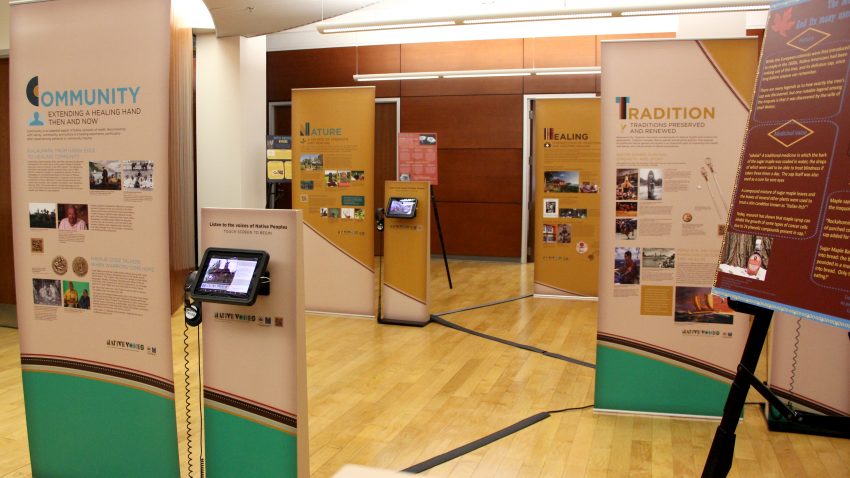 Native Voices: Native Peoples’ Concepts of Health and Illness, a traveling exhibition to U.S. libraries, is on display now through August 30 on the main level of the Donald C. Harrison Health Sciences Library.
Native Voices: Native Peoples’ Concepts of Health and Illness, a traveling exhibition to U.S. libraries, is on display now through August 30 on the main level of the Donald C. Harrison Health Sciences Library.
Native Voices explores the interconnectedness of wellness, illness and cultural life for Native Americans, Alaska Natives and Native Hawaiians. Stories drawn from both the past and present examine how health for Native People is tied to community, the land and spirit.
Through interviews that can be listened to via iPads located throughout the display, Native People describe the impact of epidemics, federal legislation, the loss of land and the inhibition of culture on the health of Native individuals and communities today.
Related Events
 In association with the Native Voices exhibit, related events have been scheduled to explore the topic of Native Peoples’ Concepts of Health and Illness.
In association with the Native Voices exhibit, related events have been scheduled to explore the topic of Native Peoples’ Concepts of Health and Illness.
The first scheduled event is keynote speaker Suzanne L. Singer who will speak on Intersections of Energy and Wellness from 5-7:30 p.m., Thursday, July 26, in the CARE/Crawley Atrium (Medical Sciences Building, 231 Albert Sabin Way).
Throughout August, lectures that cover such topics as “The Contribution of Native Voices to Medicine through Botany,” “Breaking Bread: A Perspective of Fry Bread and Native Health” and “Preventing Tuberculosis while Regulating Indigenous Bodies” have been scheduled in the Stanley J. Lucas, MD, Board Room, E level of the Medical Sciences Building near the Kresge Circle.
A full schedule of
events is listed online.
The U.S. National Library of Medicine (NLM) developed and produced Native Voices: Native Peoples’ Concepts of Health and Illness. The American Library Association (ALA) Public Programs Office, in partnership with NLM, tours the exhibition to America’s libraries. Native Voices: Native Peoples’ Concepts of Health and Illness was displayed at the NLM in Bethesda, Maryland, from 2011 to 2015. To learn more and view content from the exhibition, visit http://www.nlm.nih.gov/nativevoices.
~~~~~~~~~~~~~~~~~~~~~~~~~~~~~~~~~~~~~~~~~~~~~~~~~~~~
And don’t miss the exhibit “The Kretschmer Collection of Native American Children’s Literature donated by Drs. Richard and Laura Kretschmer” on display on the 4th floor lobby of the Walter C. Langsam Library. The exhibit features children’s books with Native American themes, written and illustrated by Native Americans and donated by Drs. Richard and Laura Kretschmer and housed in the College of Education, Criminal Justice and Human Services Library.
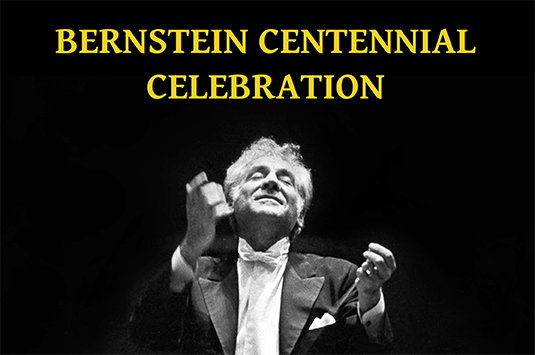
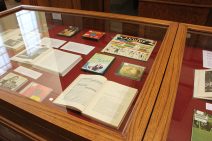 The exhibit was designed by UC Libraries communication co-op student Sophia Yu with assistance from co-op student Sam Kane. It was curated by Jenny Doctor, head of the CCM Library, and Paul Cauthen, assistant music librarian, and produced by Melissa Cox Norris, director of library communications.
The exhibit was designed by UC Libraries communication co-op student Sophia Yu with assistance from co-op student Sam Kane. It was curated by Jenny Doctor, head of the CCM Library, and Paul Cauthen, assistant music librarian, and produced by Melissa Cox Norris, director of library communications.

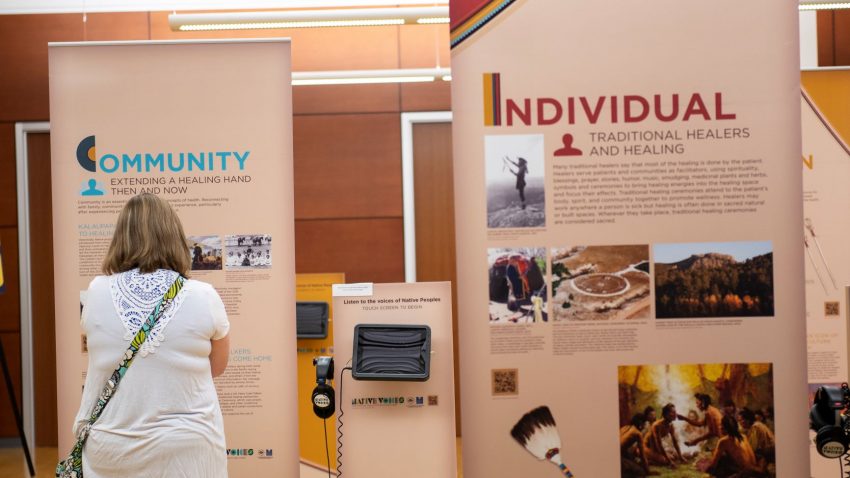
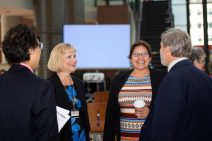
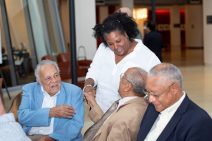

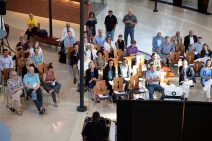
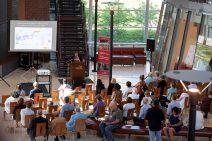
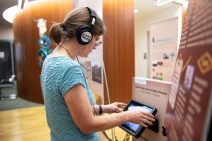
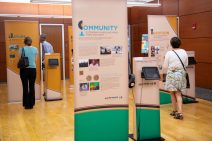

 Native Voices: Native Peoples’ Concepts of Health and Illness, a traveling exhibition to U.S. libraries, is on display now through August 30 on the main level of the
Native Voices: Native Peoples’ Concepts of Health and Illness, a traveling exhibition to U.S. libraries, is on display now through August 30 on the main level of the  In association with the Native Voices exhibit, related events have been scheduled to explore the topic of Native Peoples’ Concepts of Health and Illness.
In association with the Native Voices exhibit, related events have been scheduled to explore the topic of Native Peoples’ Concepts of Health and Illness.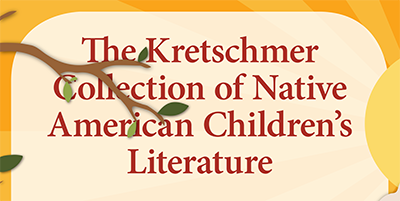 On display in the 4th floor lobby of the Walter C. Langsam Library, the exhibit “The Kretschmer Collection of Native American Children’s Literature donated by Drs. Richard and Laura Kretschmer” features children’s books with Native American themes, written and illustrated by Native Americans. The books are part of a collection of over 275 books donated by Drs. Richard and Laura Kretschmer and housed in the
On display in the 4th floor lobby of the Walter C. Langsam Library, the exhibit “The Kretschmer Collection of Native American Children’s Literature donated by Drs. Richard and Laura Kretschmer” features children’s books with Native American themes, written and illustrated by Native Americans. The books are part of a collection of over 275 books donated by Drs. Richard and Laura Kretschmer and housed in the 
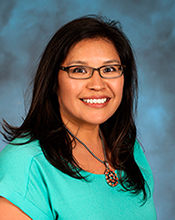
 Read Source, the online newsletter, to learn more about the news, events, people and happenings in UC Libraries.
Read Source, the online newsletter, to learn more about the news, events, people and happenings in UC Libraries.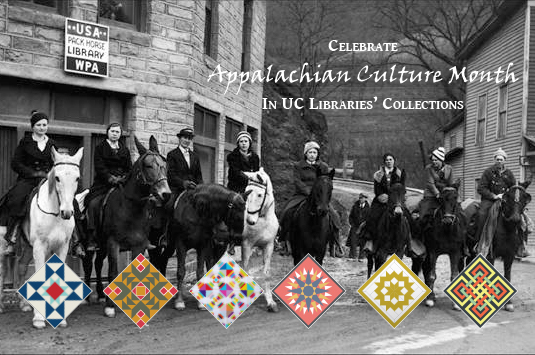 Cincinnati lies just at the border or outer edge of Appalachia, a cultural region in the Eastern United States that stretches from the Southern Tier of New York to northern Alabama, Mississippi and Georgia and includes portions of Pennsylvania, Ohio, North and South Carolina and all of West Virginia. A new exhibit on display on the 4th floor lobby of the Walter C. Langsam Library showcases resources from UC Libraries in celebration of Appalachian culture and heritage. Included are resources from the collections of the Albino Gorno Memorial (CCM) Library, Geology-Mathematics-Physics Library, the Donald C. Harrison Health Sciences Library, College of Engineering and Applied Sciences Library, the Robert A. Deshon and Karl J. Schlachter Library for Design, Architecture, Art and Planning (DAAP), and Langsam. Also featured are online resources that showcase and inform about Appalachian culture.
Cincinnati lies just at the border or outer edge of Appalachia, a cultural region in the Eastern United States that stretches from the Southern Tier of New York to northern Alabama, Mississippi and Georgia and includes portions of Pennsylvania, Ohio, North and South Carolina and all of West Virginia. A new exhibit on display on the 4th floor lobby of the Walter C. Langsam Library showcases resources from UC Libraries in celebration of Appalachian culture and heritage. Included are resources from the collections of the Albino Gorno Memorial (CCM) Library, Geology-Mathematics-Physics Library, the Donald C. Harrison Health Sciences Library, College of Engineering and Applied Sciences Library, the Robert A. Deshon and Karl J. Schlachter Library for Design, Architecture, Art and Planning (DAAP), and Langsam. Also featured are online resources that showcase and inform about Appalachian culture.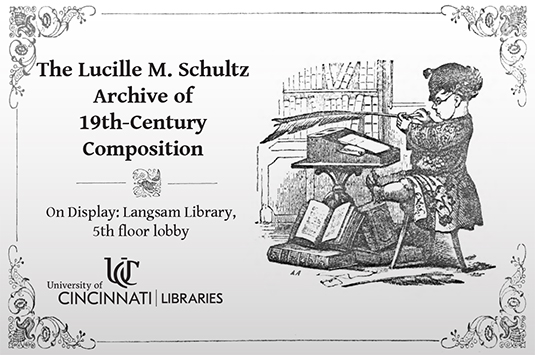 On display on the 5th floor lobby of the Walter C. Langsam Library, the exhibit – The Lucille M. Schultz Archive of 19th-Century Composition – celebrates the recent donation to the university by professor emeritus Lucille M. Schultz of an archive of 19th-century textbooks collected while she researched her award-winning book The Young Composers. To write her book, which analyzes writing curriculum for children and demonstrates its continued relevance today, Lucy visited dozens of archives where she was fascinated by the lively illustrations and unusual writing prompts in the old textbooks. The exhibit features some of these writing prompts along with illustrations from the texts.
On display on the 5th floor lobby of the Walter C. Langsam Library, the exhibit – The Lucille M. Schultz Archive of 19th-Century Composition – celebrates the recent donation to the university by professor emeritus Lucille M. Schultz of an archive of 19th-century textbooks collected while she researched her award-winning book The Young Composers. To write her book, which analyzes writing curriculum for children and demonstrates its continued relevance today, Lucy visited dozens of archives where she was fascinated by the lively illustrations and unusual writing prompts in the old textbooks. The exhibit features some of these writing prompts along with illustrations from the texts.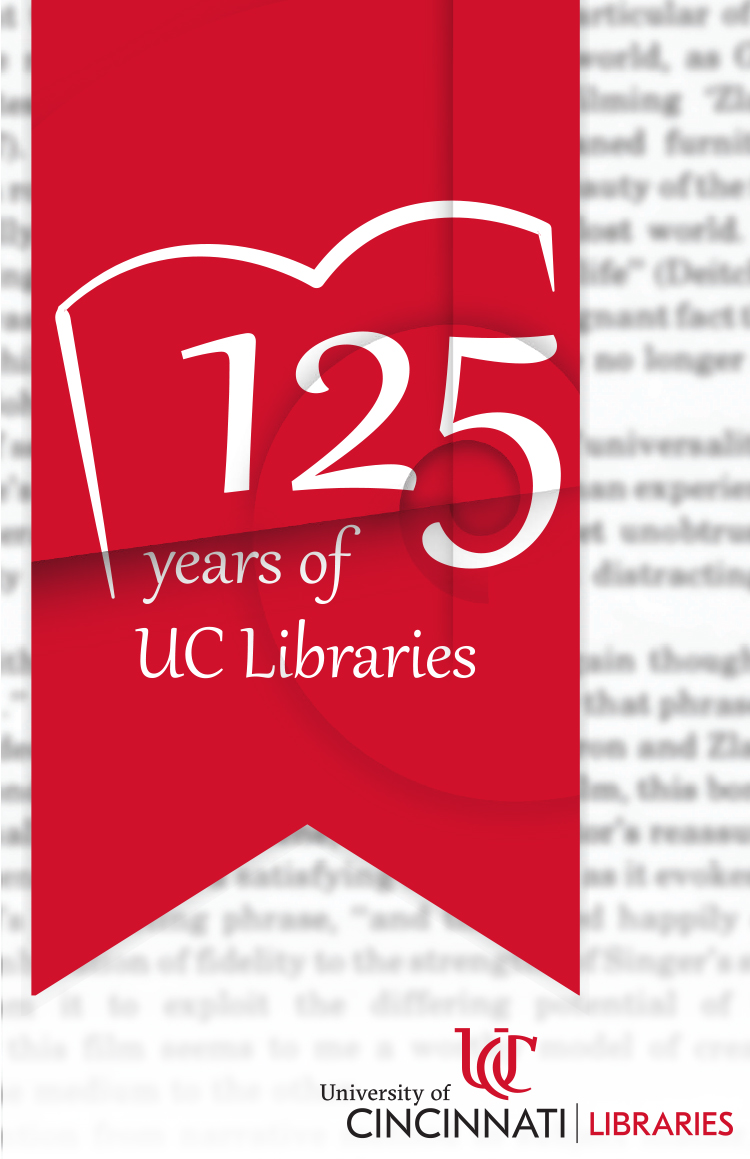 How do you determine the starting date of the University of Cincinnati Libraries when from the university’s founding in 1819, books played an important part in the education of students?
How do you determine the starting date of the University of Cincinnati Libraries when from the university’s founding in 1819, books played an important part in the education of students?
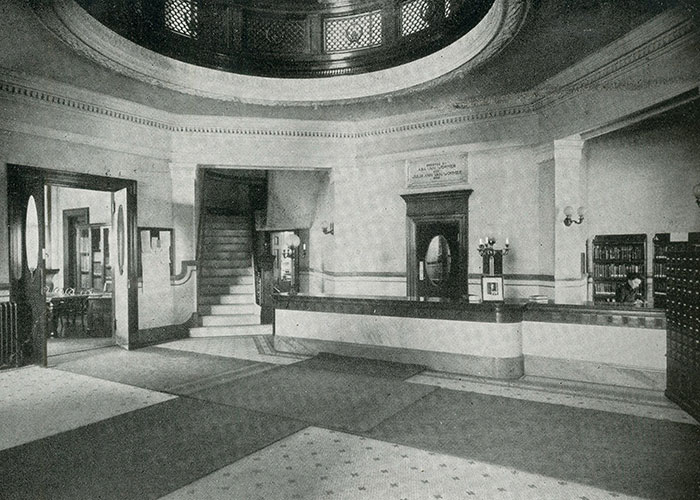
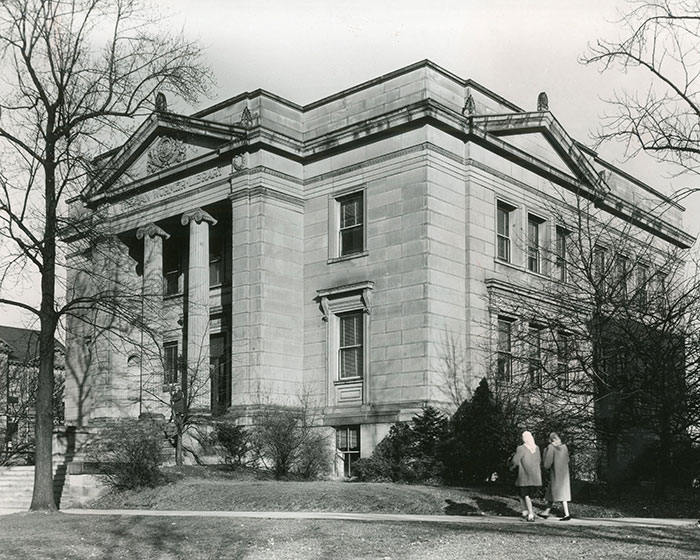
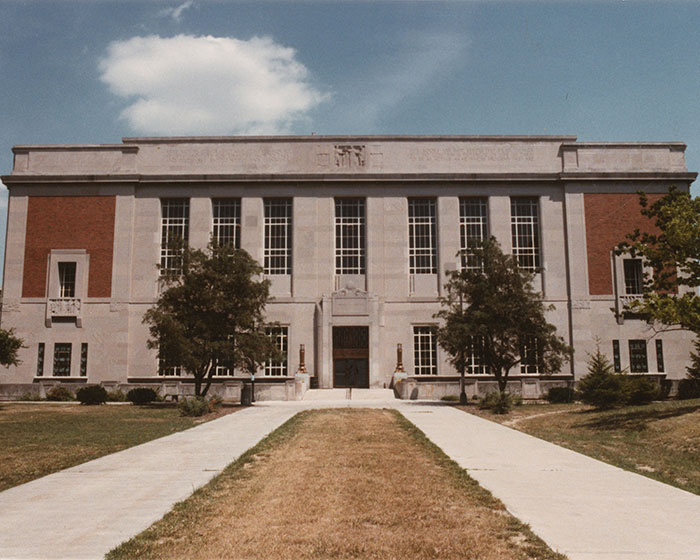
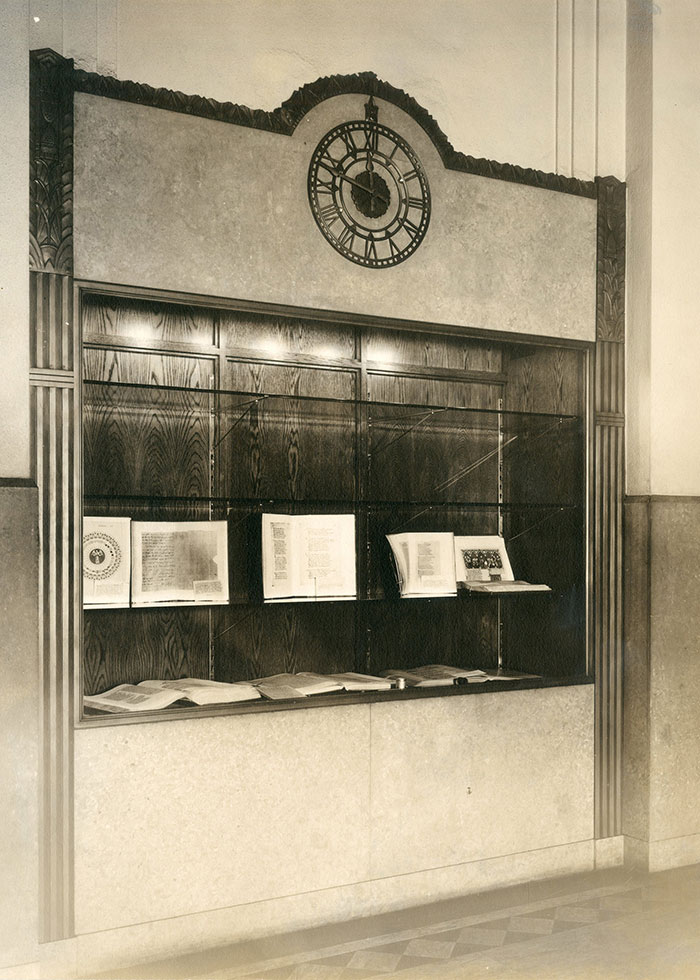

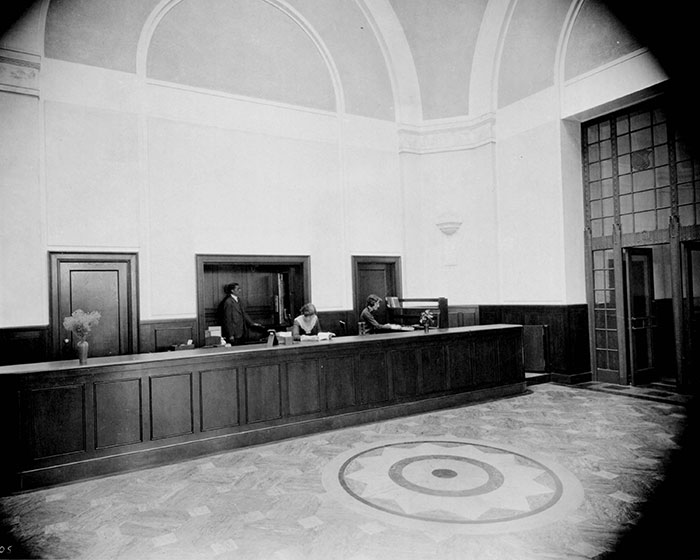
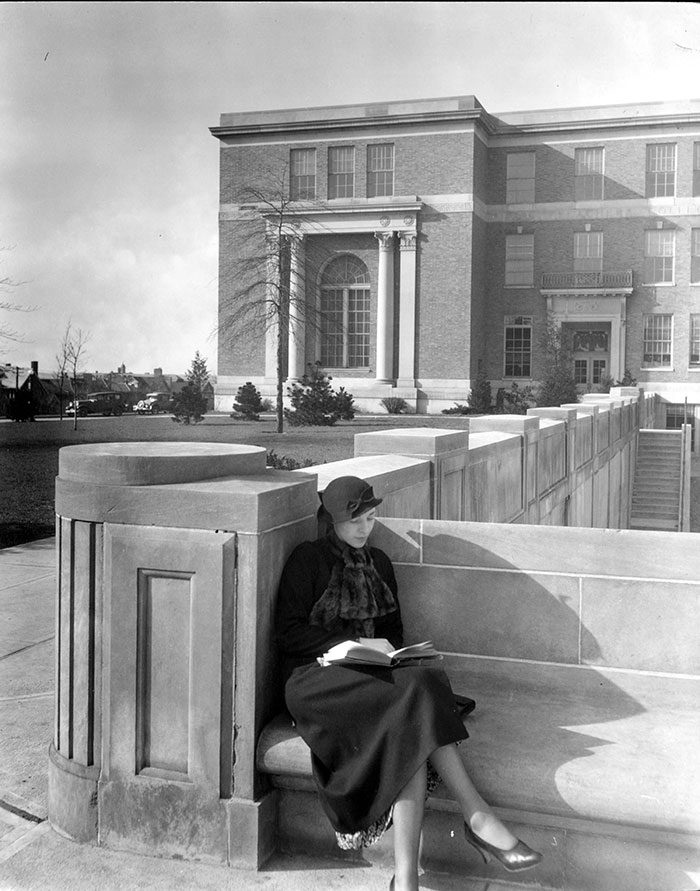
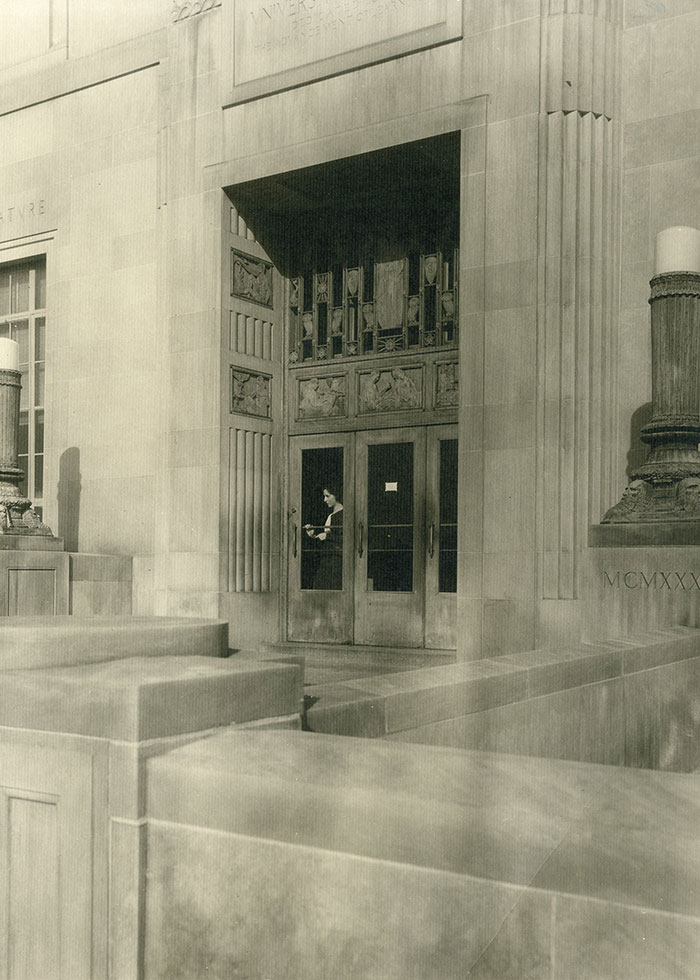
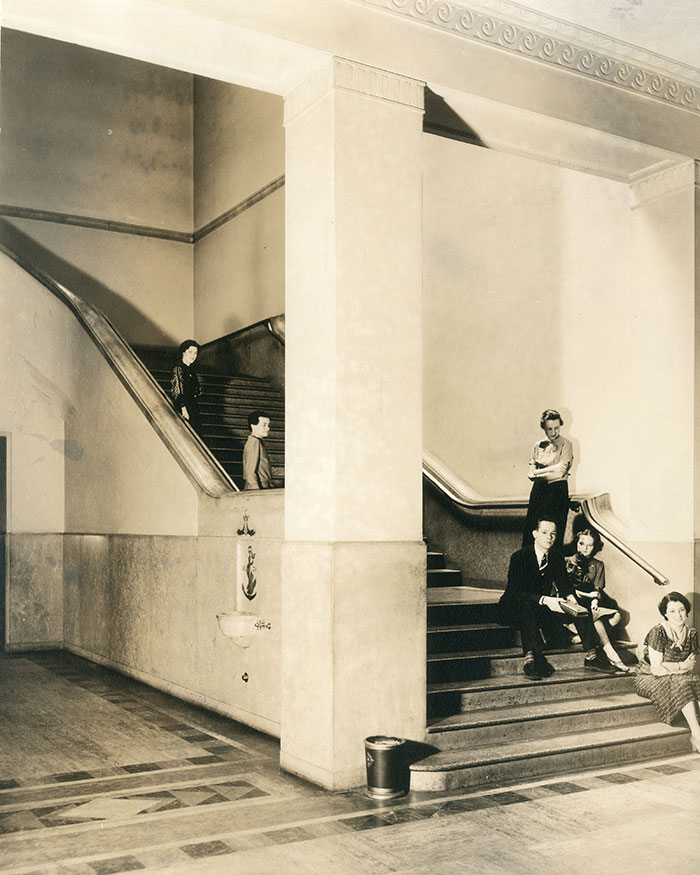

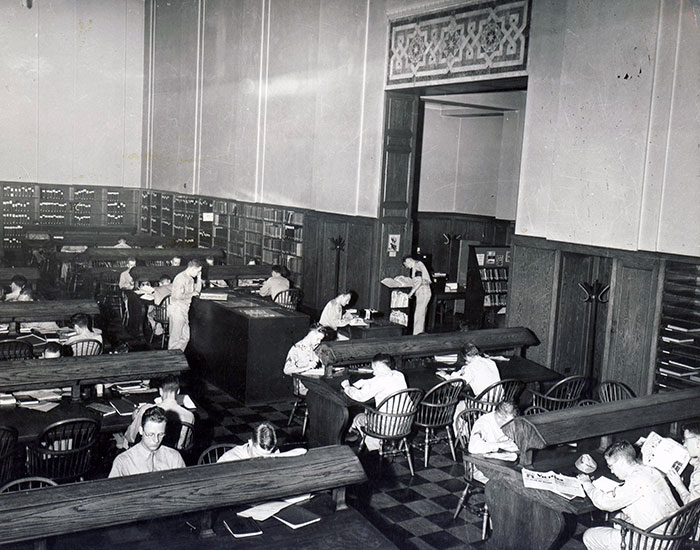
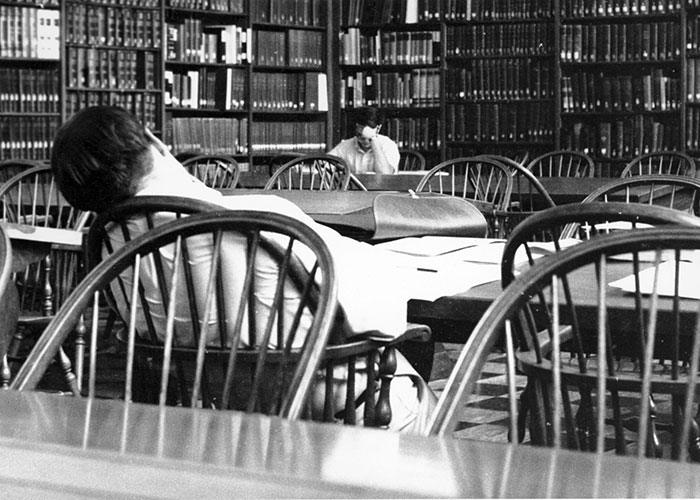
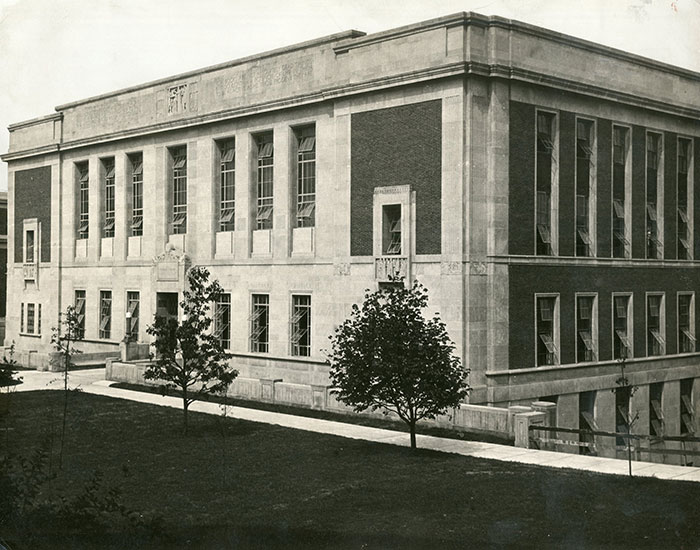
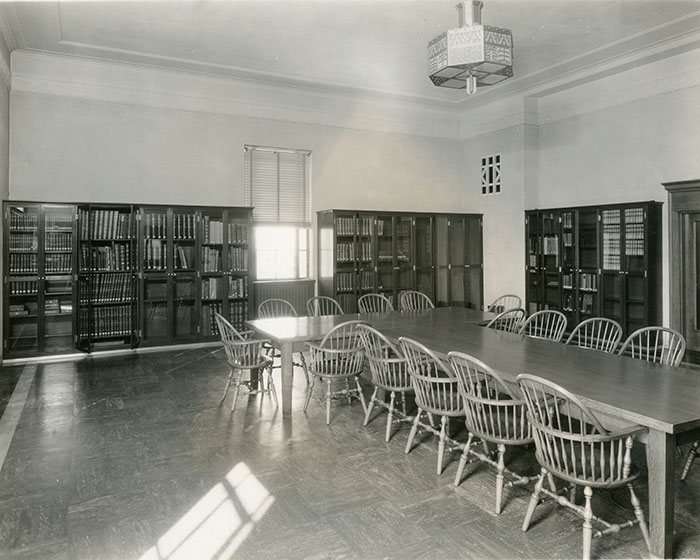
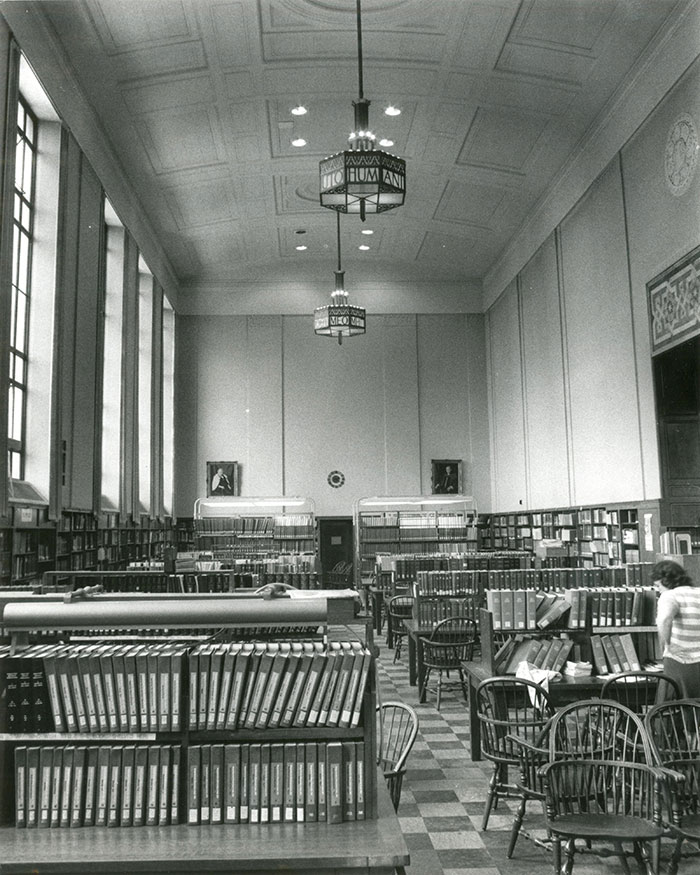
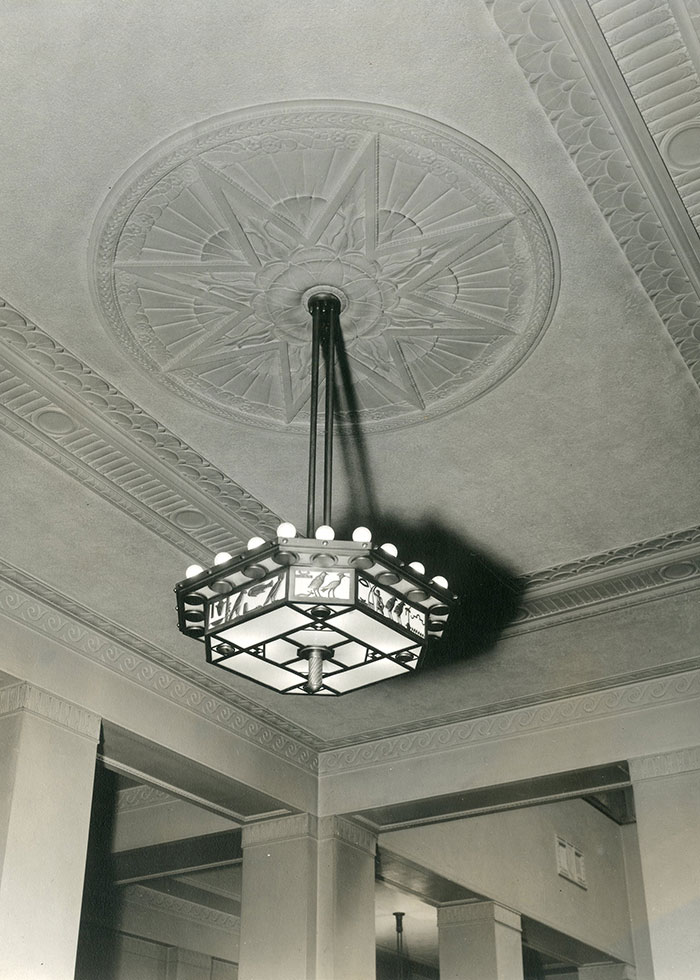
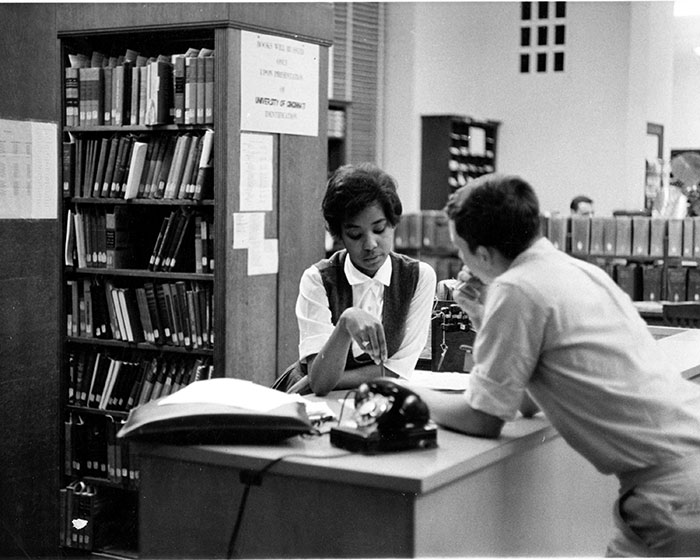
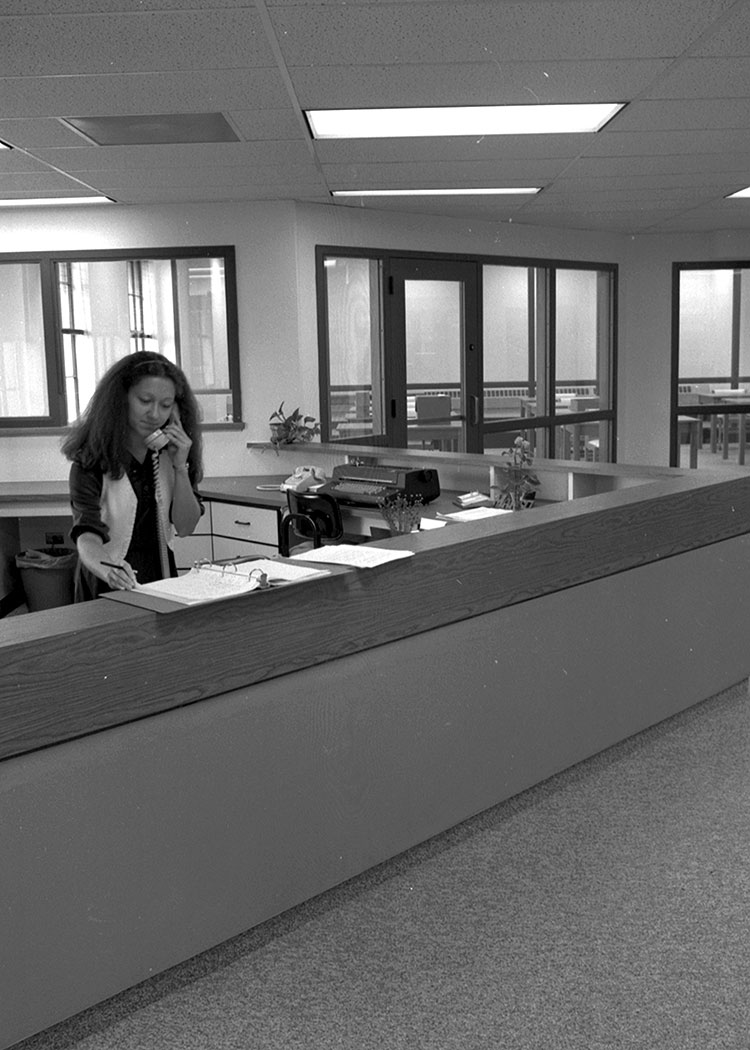
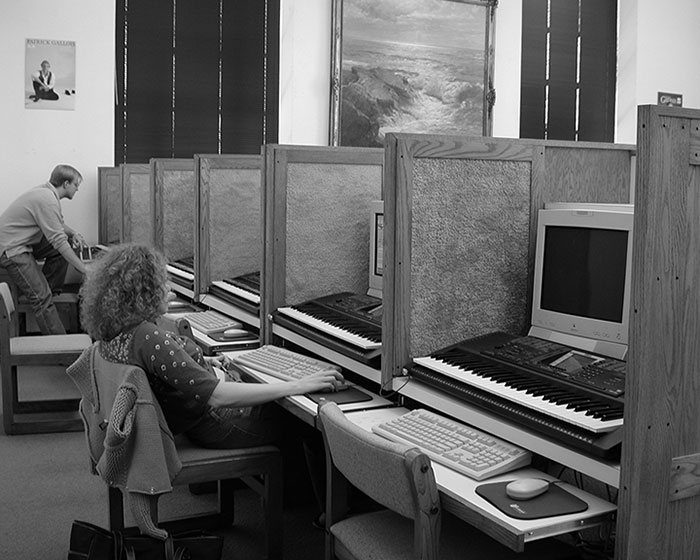
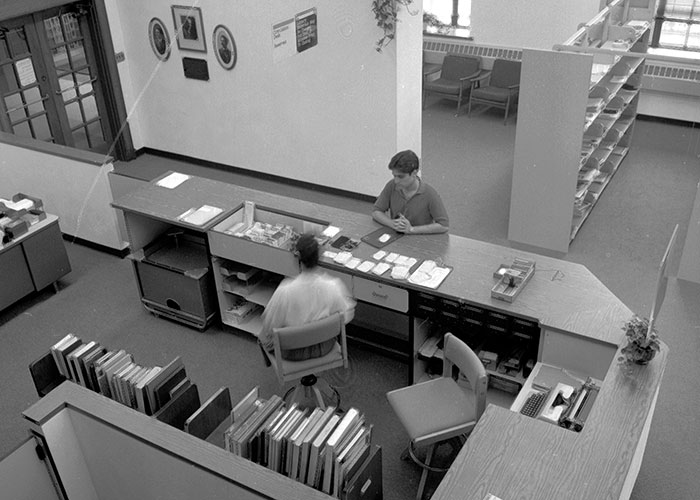

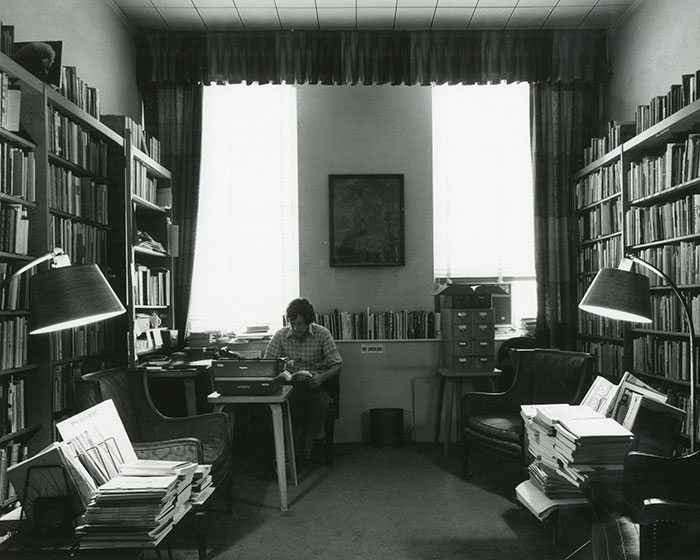
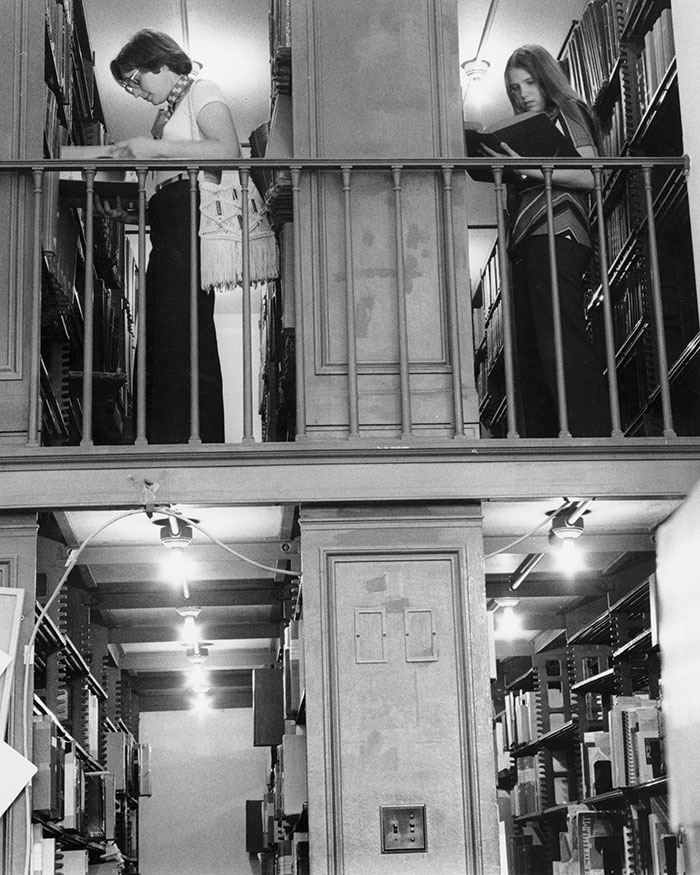
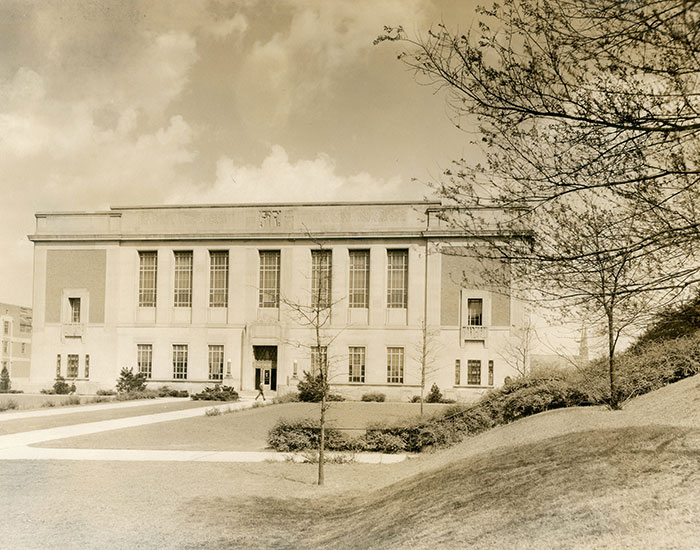
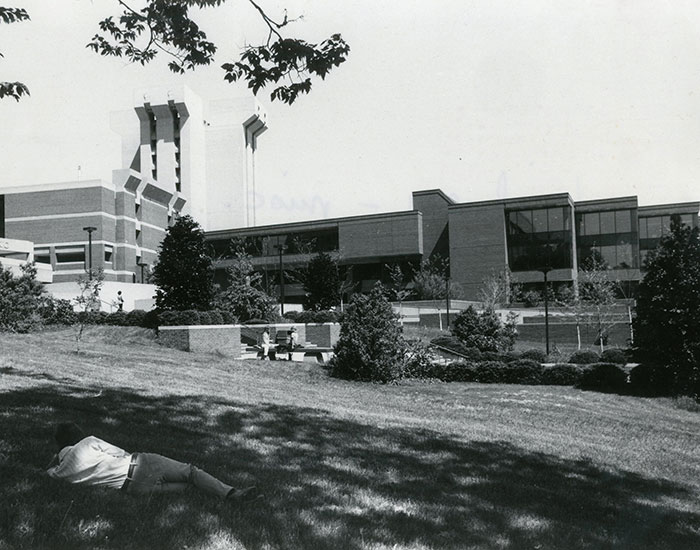
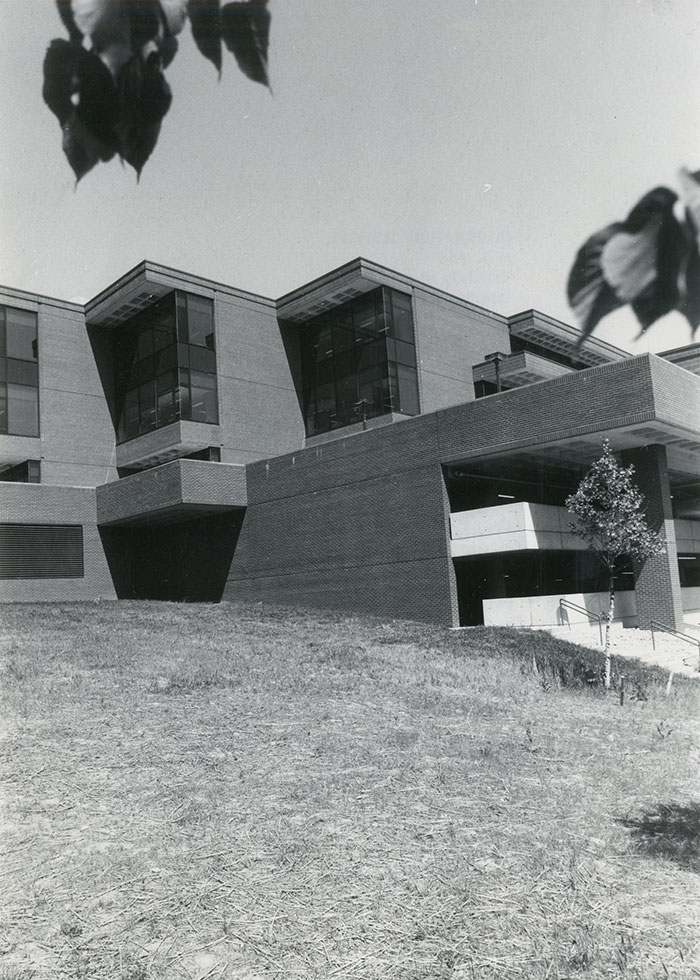
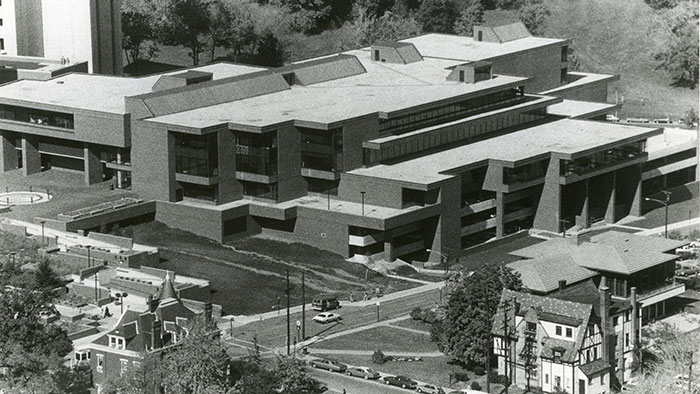
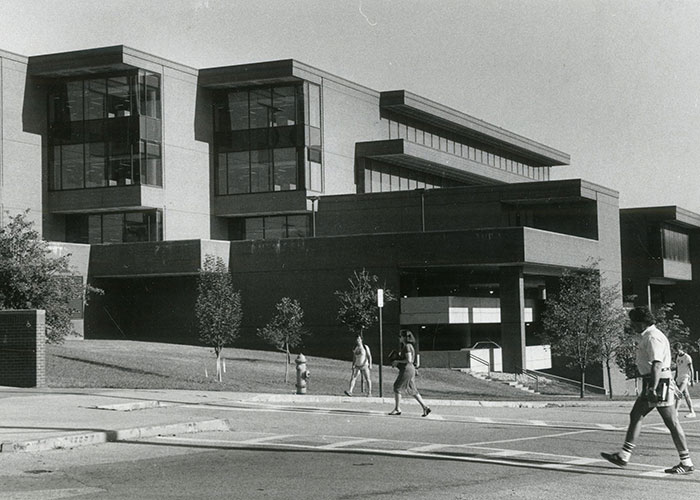
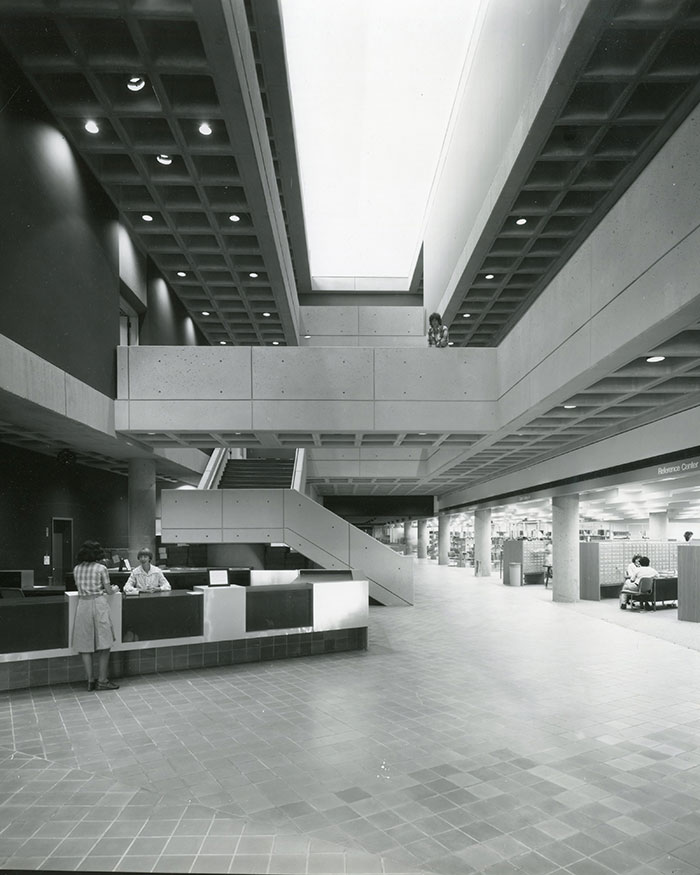
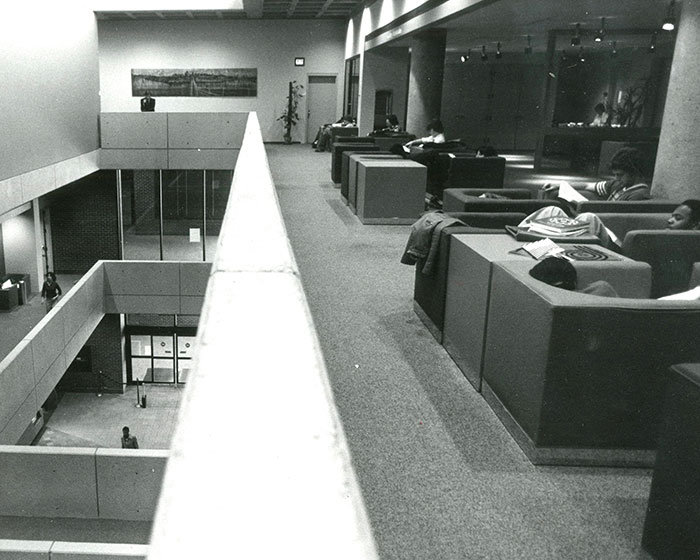
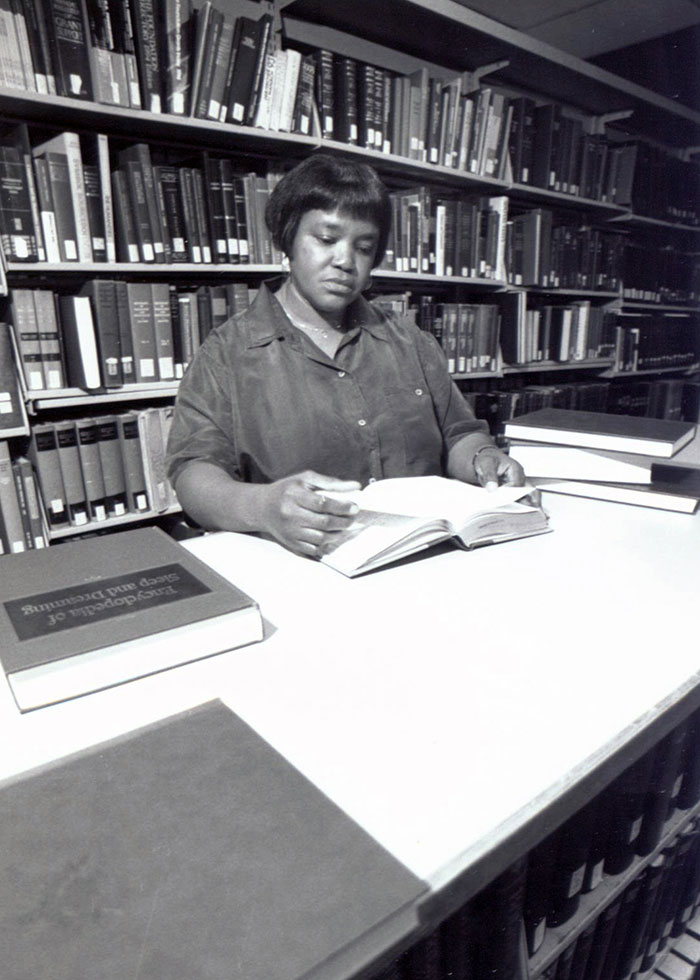
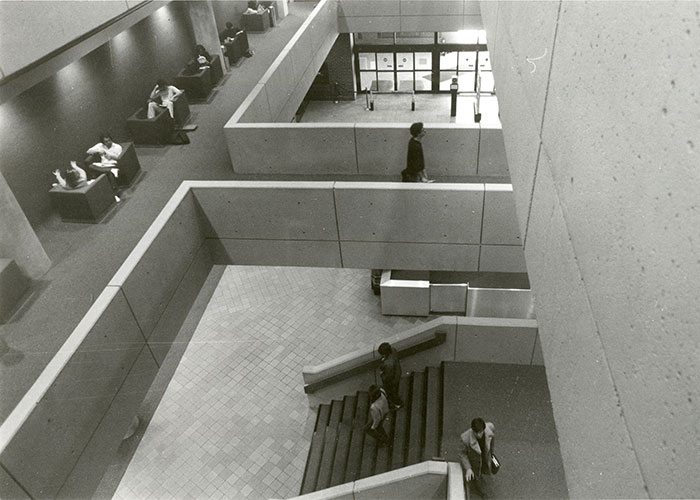
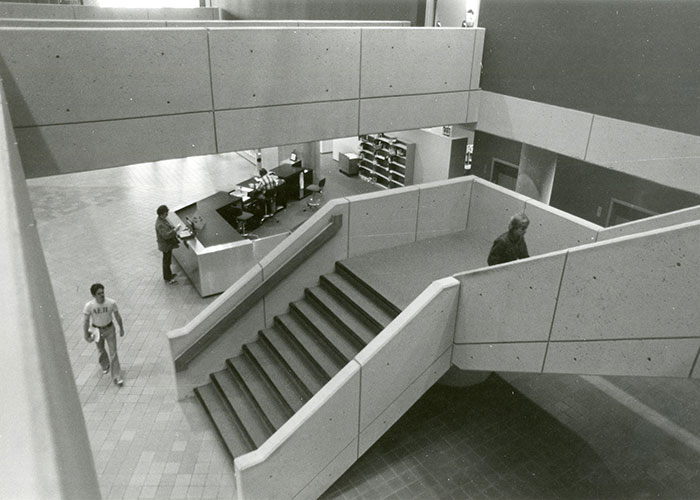
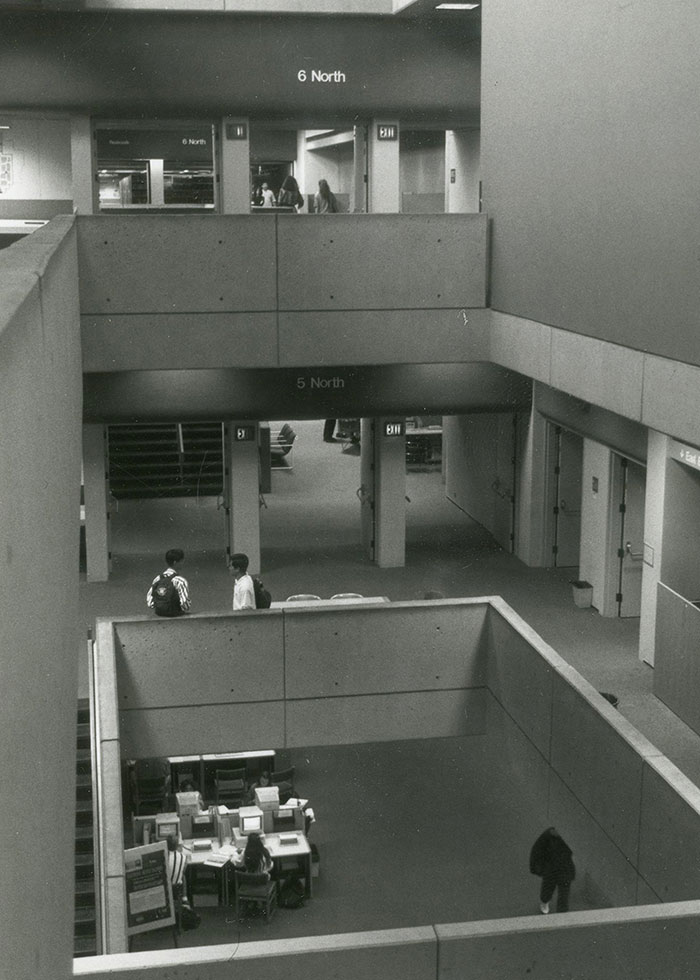
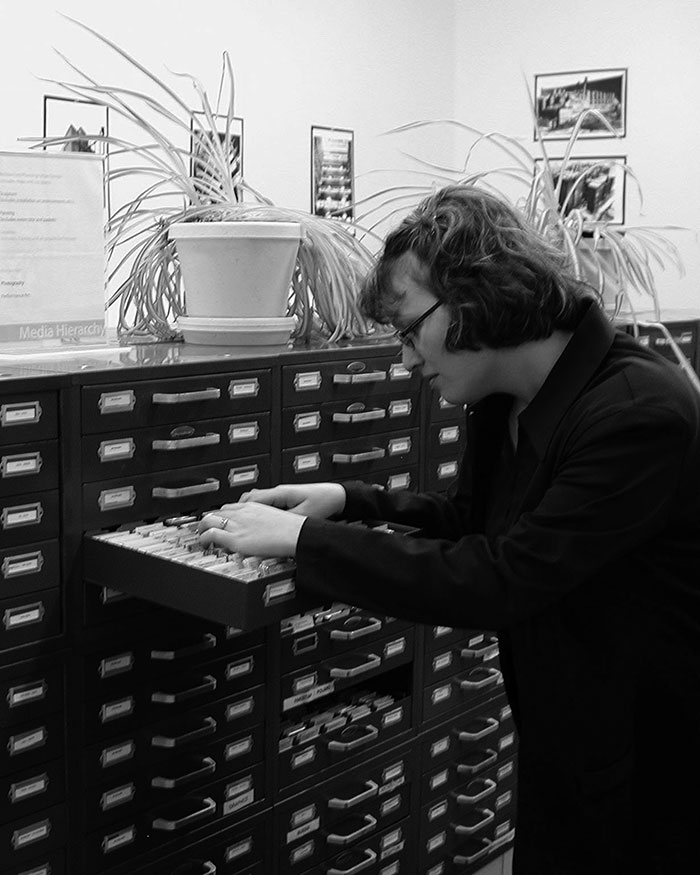

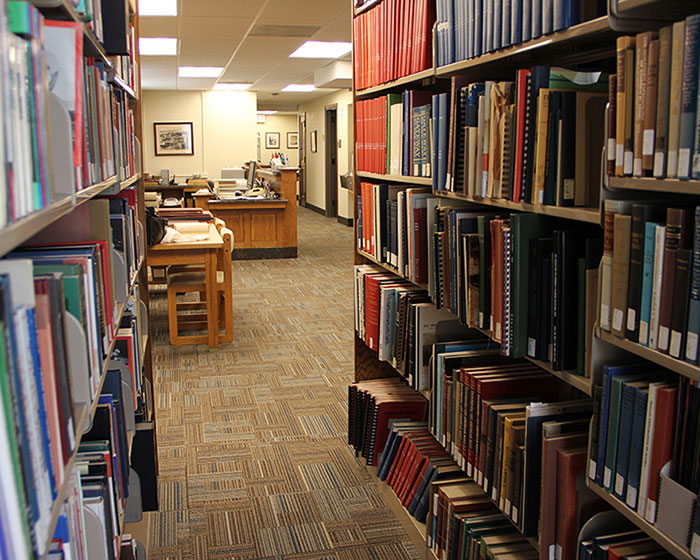
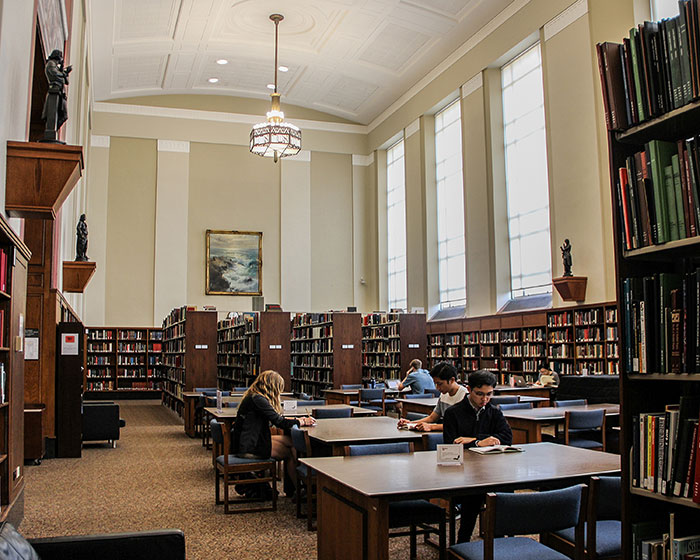


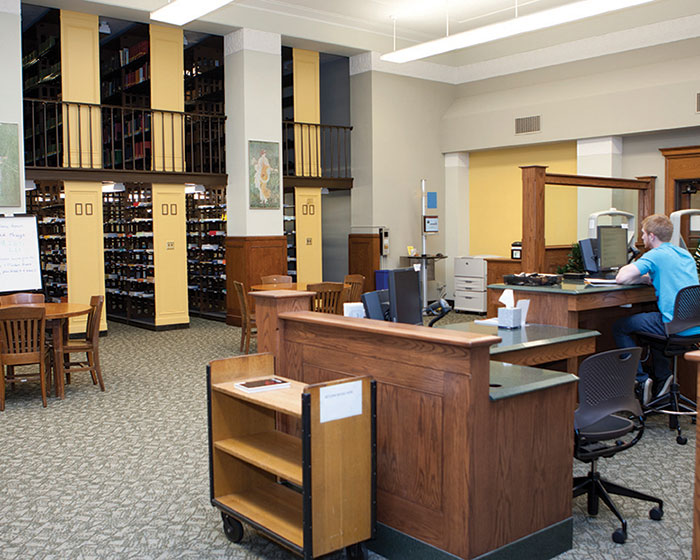
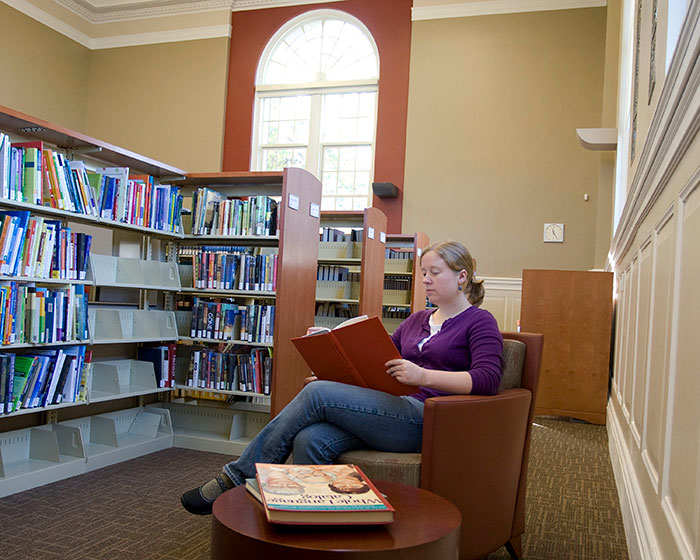
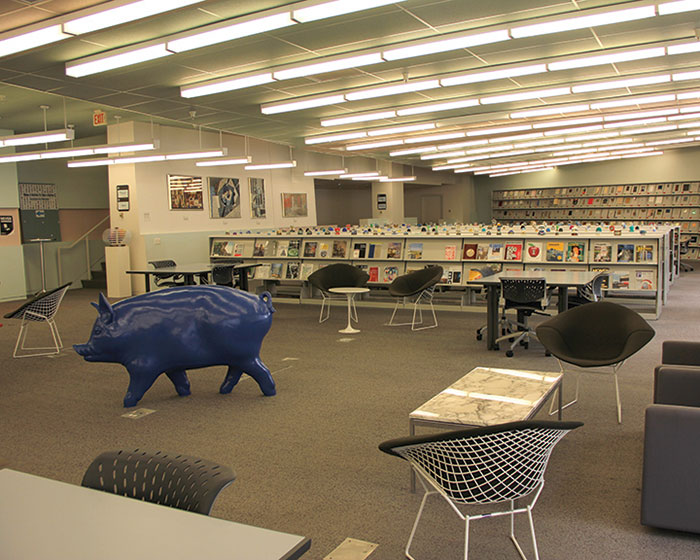
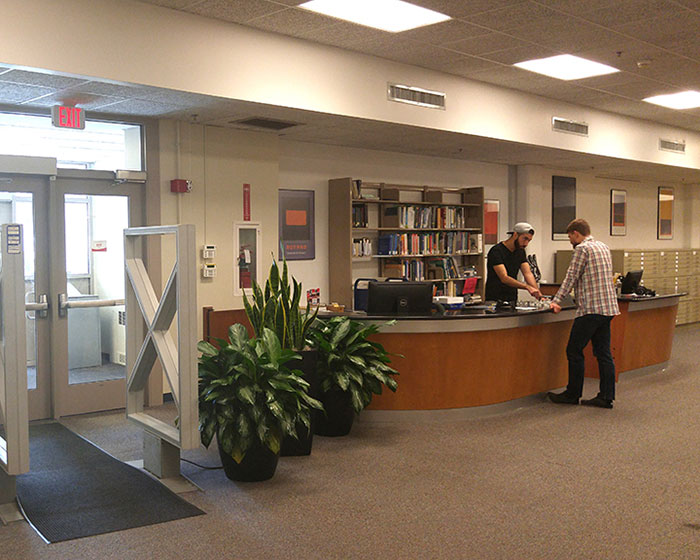
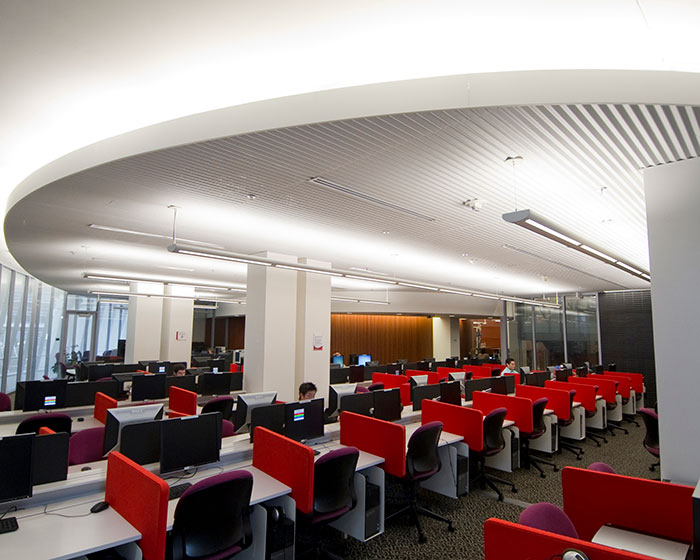

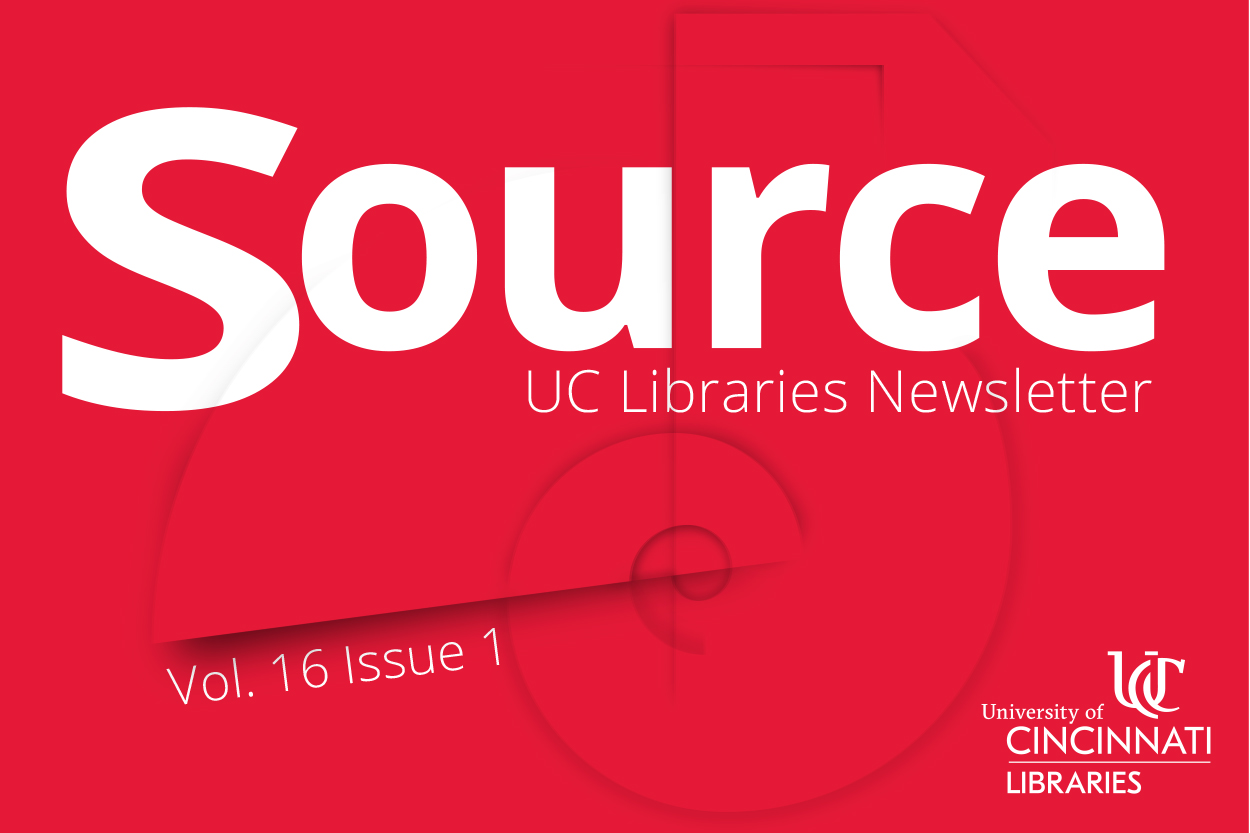 Read Source, the online newsletter, to learn more about the news, events, people and happenings in UC Libraries.
Read Source, the online newsletter, to learn more about the news, events, people and happenings in UC Libraries.